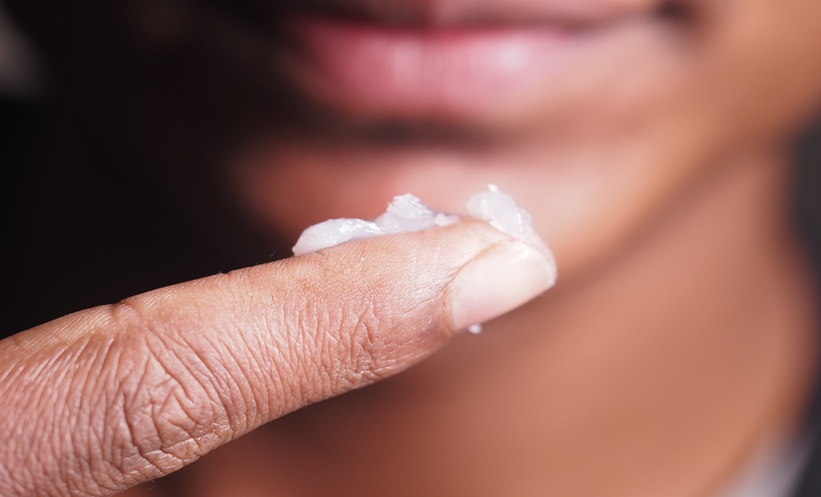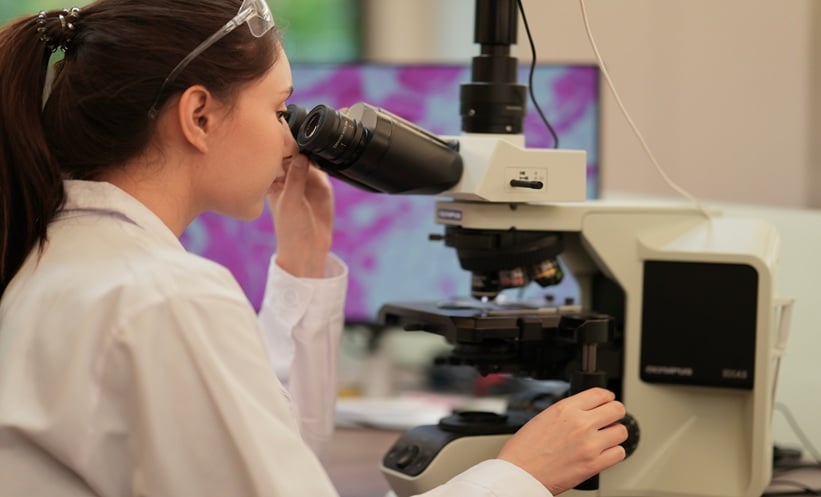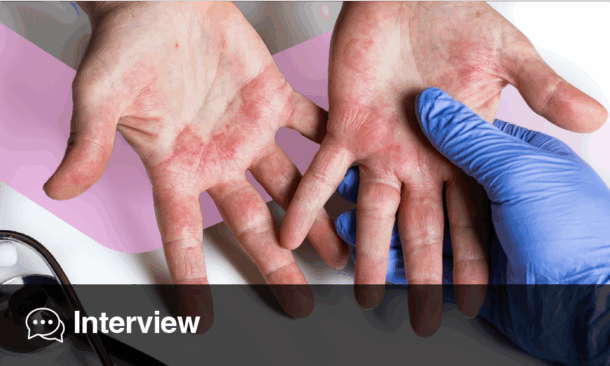THE CLINICAL legitimacy of topical steroid withdrawal (TSW) remains a point of contention among dermatologists, according to new survey data from Australian specialists. Despite growing public awareness of TSW, primarily driven by social media, most clinicians do not view it as a distinct medical condition.
In this national survey, 70 dermatology fellows and trainees from the Australasian College of Dermatologists responded to an online questionnaire between September and November 2024. The study sought to capture expert perspectives on TSW, a rare but increasingly discussed adverse reaction linked to the cessation of topical corticosteroids.
Among respondents, 59% stated that they do not consider TSW a formal clinical entity. Instead, most attributed symptoms labeled as TSW to relapses of underlying dermatologic conditions. Specifically, 95% of dermatologists cited atopic dermatitis as the primary diagnosis, while 24% pointed to periorificial dermatitis.
A key finding was the nearly universal belief, held by 97% of participants, that patients learn about TSW primarily through social media rather than clinical sources. This highlights a growing gap between public discourse and medical consensus, raising concerns over misinformation and patient self-diagnosis.
The authors emphasize the need for a unified professional approach to TSW. While some clinicians remain skeptical of its existence as a discrete syndrome, the increasing number of patients presenting with concerns linked to online content suggests an urgent need for clear, evidence-based guidance.
Until diagnostic criteria are established and widely accepted, dermatologists may face ongoing challenges in managing patients who identify with TSW, especially as online narratives continue to shape expectations and self-management strategies.
Reference:
Awad A et al. Topical Steroid Withdrawal: A Perspective of Australian Dermatologists. Australas J Dermatol. 2025. doi: 10.1111/ajd.14580.








